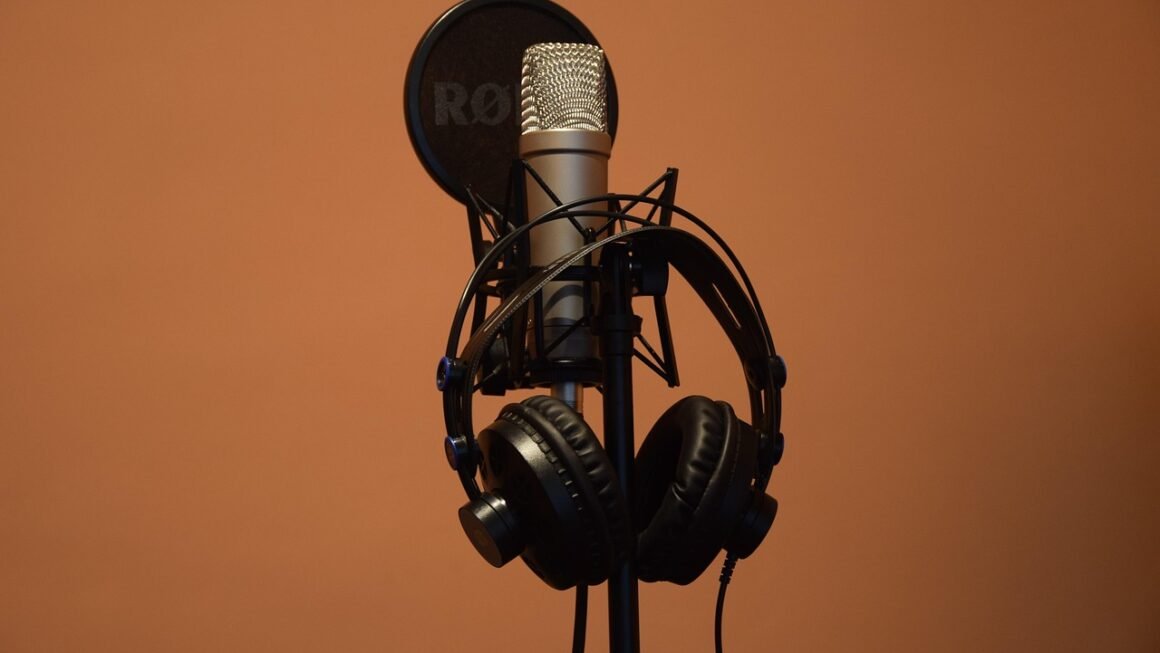Comedy. The word itself conjures images of laughter, shared joy, and a brief escape from the everyday. But comedy is more than just a feeling; it’s an art form, a social commentary, and a powerful tool for connection. From stand-up stages to sitcom screens, comedy permeates our lives. This blog post delves into the multifaceted world of comedy, exploring its various forms, techniques, and enduring appeal.
The Many Faces of Comedy
Comedy isn’t a monolith. It manifests in a multitude of styles, each with its unique approach to eliciting laughter. Understanding these different forms can enhance your appreciation and even help you identify your personal comedic preferences.
Stand-Up Comedy
Stand-up is perhaps the most direct and immediate form of comedy. It relies on the performer’s presence, delivery, and connection with the audience.
- Key Elements:
Personal anecdotes: Many stand-up routines draw from the comedian’s own experiences, making them relatable and authentic.
Observational humor: Spotting the absurdities in everyday life and highlighting them in a humorous way. Think Jerry Seinfeld and his observations about airline peanuts.
Topical jokes: Referencing current events and social issues, often with a satirical edge.
Improvisation: Reacting to the audience and incorporating unexpected moments into the set.
- Examples: Dave Chappelle, Ali Wong, John Mulaney
Sketch Comedy
Sketch comedy involves short, pre-written scenes performed by a group of actors. It often relies on character work, absurd situations, and quick-fire jokes.
- Key Characteristics:
Short, self-contained scenes: Each sketch typically has a beginning, middle, and end within a few minutes.
Ensemble cast: A group of performers working together to create a variety of characters and scenarios.
Parody and satire: Frequently used to poke fun at popular culture, social trends, and political figures.
- Examples: Saturday Night Live, Key & Peele, Monty Python’s Flying Circus
Sitcoms (Situation Comedies)
Sitcoms are episodic television shows centered around a recurring set of characters and their interactions within a specific setting.
- Distinguishing Features:
Recurring characters: Familiar faces that viewers come to know and love (or love to hate).
Predictable format: A typical sitcom episode follows a formulaic structure, often resolving a conflict or problem within the 22-minute runtime (excluding commercials).
Laugh track (optional): While less common now, traditional sitcoms often used laugh tracks to cue the audience when to laugh.
- Examples: Friends, The Office, Parks and Recreation
The Building Blocks of Humor: Techniques and Devices
Understanding the techniques comedians use can help you appreciate the artistry behind a good joke and potentially even craft your own humorous content.
Puns and Wordplay
Puns rely on the multiple meanings of words or the similarity in sound between different words to create humorous effects.
- Example: “I’m reading a book about anti-gravity. It’s impossible to put down!”
Irony and Sarcasm
Irony involves a contrast between what is said and what is actually meant, or between what is expected and what actually happens. Sarcasm is a form of irony that is typically used to mock or convey contempt.
- Example: A character tripping and falling and saying, “Oh, that was graceful.”
Hyperbole and Understatement
Hyperbole involves exaggeration for comedic effect, while understatement minimizes the significance of something.
- Hyperbole Example: “I’m so hungry I could eat a horse!”
- Understatement Example: Describing a major earthquake as “a slight tremor.”
Physical Comedy and Slapstick
Physical comedy relies on exaggerated movements, clumsiness, and visual gags to generate laughter. Slapstick is a specific type of physical comedy that involves exaggerated violence or mishaps that are not intended to cause real harm.
- Examples: Charlie Chaplin, The Three Stooges, Mr. Bean
Why We Laugh: The Psychology of Humor
Why do we find certain things funny? The answer is complex and involves a combination of psychological and social factors.
Relief Theory
This theory suggests that laughter is a release of pent-up nervous energy. When we encounter something unexpected or absurd, our brains initially experience a sense of tension. Laughter allows us to release that tension in a safe and socially acceptable way.
Superiority Theory
This theory posits that we laugh at the misfortunes or shortcomings of others, as it makes us feel superior. While not always conscious, this sense of superiority can be a source of amusement. It explains why we might find schadenfreude funny.
Incongruity Theory
This theory suggests that humor arises when we encounter something that violates our expectations or deviates from the norm. The surprise and unexpectedness of the incongruity trigger laughter. This is where the classic “setup and punchline” joke structure shines.
The Social Function of Laughter
Laughter is also a social signal that strengthens bonds and reinforces group cohesion. Sharing a laugh with others creates a sense of connection and belonging. Studies have shown that people are more likely to laugh in the presence of others than when they are alone.
The Power of Comedy: Beyond the Laughs
Comedy is not just about making people laugh; it can also be a powerful tool for social commentary, political activism, and personal healing.
Social Commentary and Satire
Comedy can be used to critique social norms, challenge authority, and raise awareness about important issues. Satire, in particular, uses humor to expose and ridicule flaws in society.
- Examples: The Daily Show, Last Week Tonight with John Oliver, political cartoons.
Healing and Coping
Humor can be a coping mechanism for dealing with stress, trauma, and difficult emotions. Laughter can release endorphins, reduce pain, and improve mood.
- Example: Using dark humor to process grief or anxiety.
Building Bridges and Fostering Empathy
Comedy can help us connect with people from different backgrounds and perspectives. By finding humor in shared experiences, we can break down barriers and foster empathy.
- Example: Comedians who use their platform to share stories about their personal struggles and connect with audiences on a deeper level.
Conclusion
Comedy is a vibrant and evolving art form with a profound impact on our lives. From the simple pleasure of a well-timed pun to the insightful social commentary of a satirical sketch, comedy offers us a unique lens through which to view the world. By understanding the different forms, techniques, and psychological underpinnings of humor, we can appreciate its power and its enduring appeal. So, go forth and laugh! Embrace the absurdity, find the joy in the unexpected, and remember that a good laugh can be a powerful force for good.


